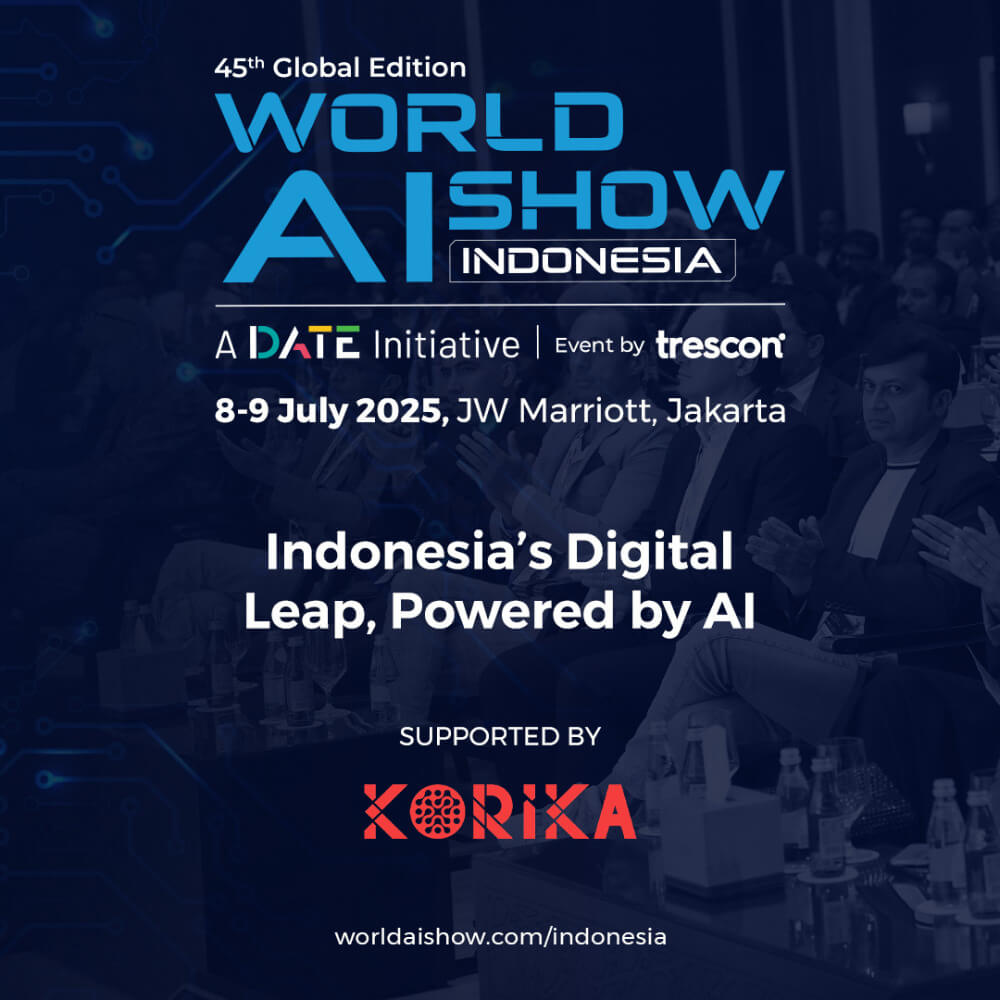Heaptalk, Jakarta — Internet users in Indonesia are significantly developing every year. According to the Internet Service Provider Association (APJII), up to the first quarter of 2021, the internet users in Indonesia reach 196.7 million people, or 73.7% of the total Indonesian population. While according to the Central Bureau of Statistics (BPS), it has been reaching 266,9 million people.
It indicates that we have entered a phase of rapid digitalization development, where it brings many shifts – one of them is in the broadcasting sector. In the past, we might only be able to watch analog TV broadcasts. But now we can enjoy digital TV broadcasts. Even the government is considering turning off analog TV (Analog Switch Off/ASO) throughout Indonesia. It means we are in front of the digital television (TV) era.
This analog to digital TV migration is one of the points discussed in the Omnibus Law. As quoted from the Kominfo, the government has discussed this schedule in Article 72 paragraph 8 that they finalized secures the migration of terrestrial TV broadcasting from analog to digital technology and the termination of analog TV broadcasting.
The national digital transformation program, which the government will carry out in stages, is considered positive delivery for the telecommunications and broadcasting industry and optimizes limited resources such as the radio frequency spectrum.
“The government plans to stop analog TV broadcasting at the latest on November 2, 2022, at 24.00 WIB,” said the Head of DIY Diskominfo, Rony Primanto.
So how important is this analog to digital TV migration? How does it work and the supporting technology? How about the progress, plans, and opportunities? We are going to discuss it in this article.
TV Digital is a product from the Over The Top Technology
Before we discuss digital TV further, we need to know what technology supports the digital TV experience. Here the introduction about Over-The-Top technology (OTT). Actually, it is not a new term in the technology and broadcasting industry, as it has been already known for the last five years. This technology allows users to directly meet the video content on the internet since OTT provides standalone streaming content that bypasses traditional media distribution channels like cable TV providers or telecommunications networks.
Then when we see from the consumers’ behavior, they’re also shifting from one OTT app or service to the next in the hope of finding their perfect fit. In other words, If the providers don’t give them away to stream their preferred content, they’ll look elsewhere. As a result, a new company appears to provide streaming video services like done by Netflix, Vimeo, and Youtube.
And new providers may emerge according to their respective industry expertise, which will launch the OTT video platform itself, considering the implementation effort is getting lighter. For example, companies in the telco, hospitality, retail, transportation sectors will have their own OTT platforms. Even state institutions such as the Presidential Staff Office (KSP) already used the OTT technology.
The TV digital opportunities in Indonesia
Quoted from CNBC, Indonesia is globally lagging in the digital TV industry compared to other countries. In Europe, there has been migration for more than a decade. Japan already made an analog switch off in 2011. Korea, Malaysia, Singapore have completed this last year.
The advantage is that the quality of digital TV broadcasts is more optimal. If The viewers will lose analog TV, the farther the frequency from the TV station, the signal, so that the quality of broadcasts received becomes less good. On the other hand, digital TV carries the adaptive bitrate method. If the internet quality is good, you can get HD (High definition) quality, while if the internet network has problems, the bitrate will adjust, for example, degrade to 720p, or 480p, and more.
According to Meutya Hafid, Chairman of Commission I of the Indonesian Parliament, the effectiveness of the broadcasting industry could increase. It is because there are 728 TVs in Indonesia. With this infrastructure system, there will be frequency efficiency (digital dividend). So by migrating to digital, there is a space of 112 Mhz at 700 Mhz that consumers can utilize so that a lot of efficiencies can be obtained, such as cost efficiency, resources, etc.
“Moreover, digital TV can be connected to the internet of things, such as mobile apps, sensors, analytics. We can also manage the user preference as long as the video content can be hosted on the cloud under the OTT platform management,” she said.











